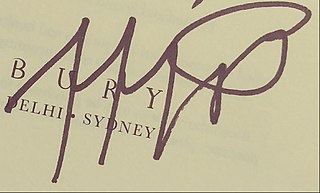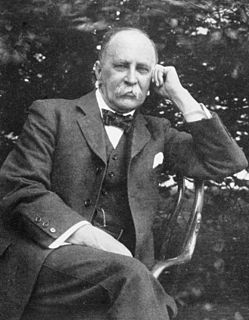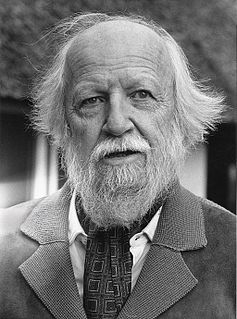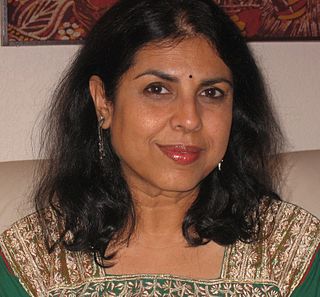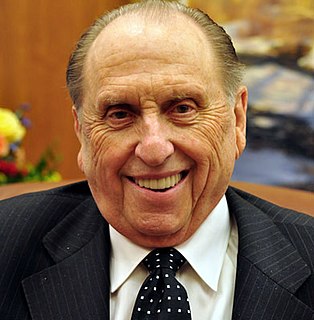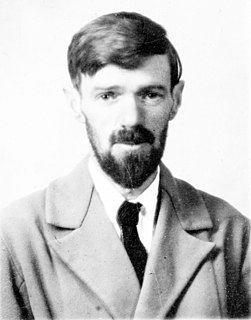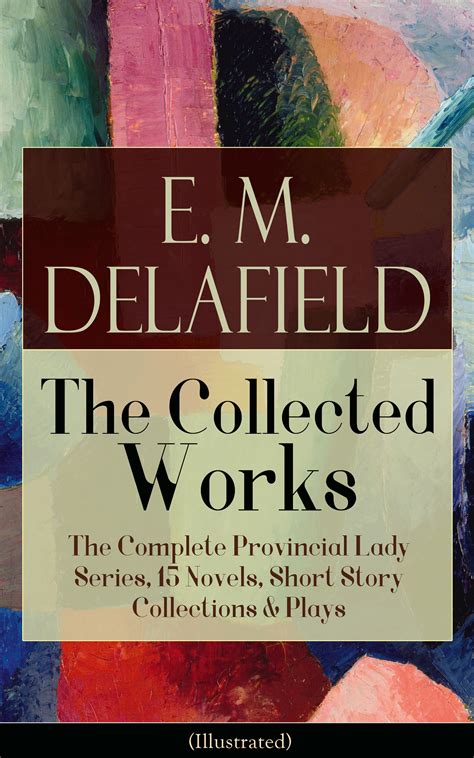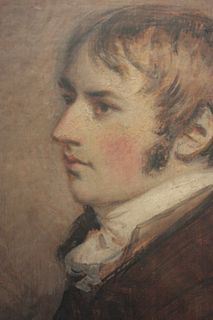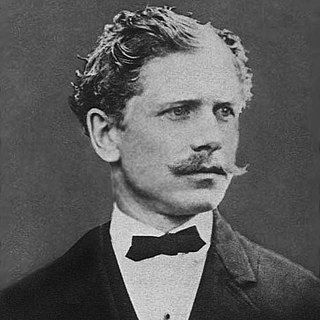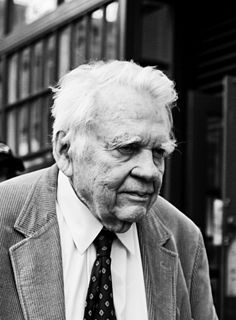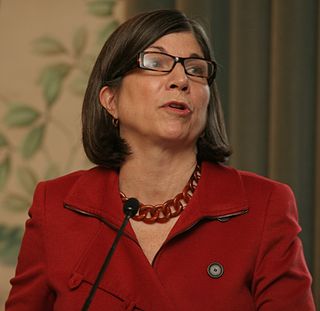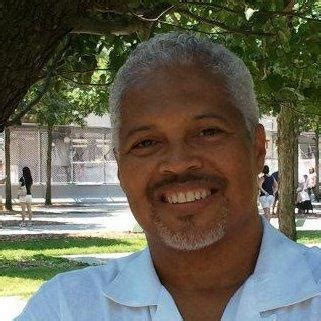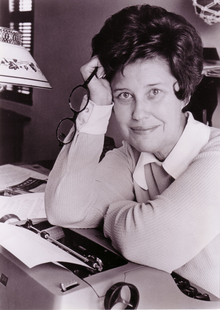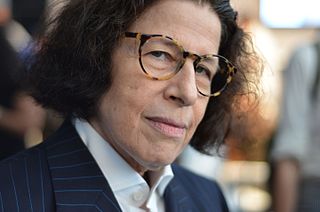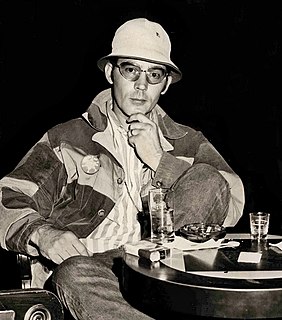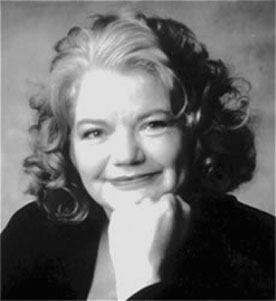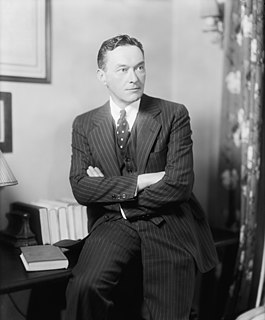A Quote by Mary Pilon
In reporting, you will often be humbled by the courage others have in telling and trusting you with their tale, no two alike.
Related Quotes
There is a glorious pattern for every man's life, an individual, perfect patter. No two people are alike ... No two leaves are alike-no two snowstorms-no two sets of fingerprints. No two lives are alike, yet each life holds a divine pattern of unfoldment, a great and holy destiny, rich in achievement and honor. As you live true to the pattern of yourself, that deep, inner self, you will unfold as perfect, as joyous, as naturally beautiful as the tree will reach its full measure of fulfillment.
The man who tells the tale if he has a tale worth telling will know exactly what he is about and this business of the artist as a sort of starry-eyed inspired creature, dancing along, with his feet two or three feet above the surface of the earth, not really knowing what sort of prints he's leaving behind him, is nothing like the truth.
Stories are thick with meanings. You can fall in love with a story for what you think it says, but you can't know for certain where it will lead your listeners. If you're telling a tale to teach children to be generous, they may fix instead on the part where your hero hides in an olive jar, then spend the whole next day fighting about who gets to try it first. People take what they need from the stories they hear. The tale is often wiser than the teller.
My earnest prayer is that you will have the courage required to refrain from judging others, the courage to be chaste and virtuous, and the courage to stand firm for truth and righteousness. As you do so, you will be ‘an example of the believers’ (1 Timothy 4:12), and your life will be filled with love and peace and joy.
The artist usually sets out -- or used to -- to point a moral and adorn a tale. The tale, however, points the other way, as a rule. Two blankly opposing morals, the artist's and the tale's. Never trust the artist. Trust the tale. The proper functions of a critic is to save the tale from the artist who created it.
No two men see the world exactly alike, and different temperaments will apply in different ways a principle that they both acknowledge. The same man will, indeed, often see and judge the same things differently on different occasions: early convictions must give way to more mature ones. Nevertheless, may not the opinions that a man holds and expresses withstand all trials, if he only remains true to himself and others?
One describes a tale best by telling the tale. You see? The way one describes a story, to oneself or to the world, is by telling the story. It is a balancing act and it is a dream. The more accurate the map, the more it resembles the territory. The most accurate map possible would be the territory, and thus would be perfectly accurate and perfectly useless. The tale is the map that is the territory. You must remember this.
